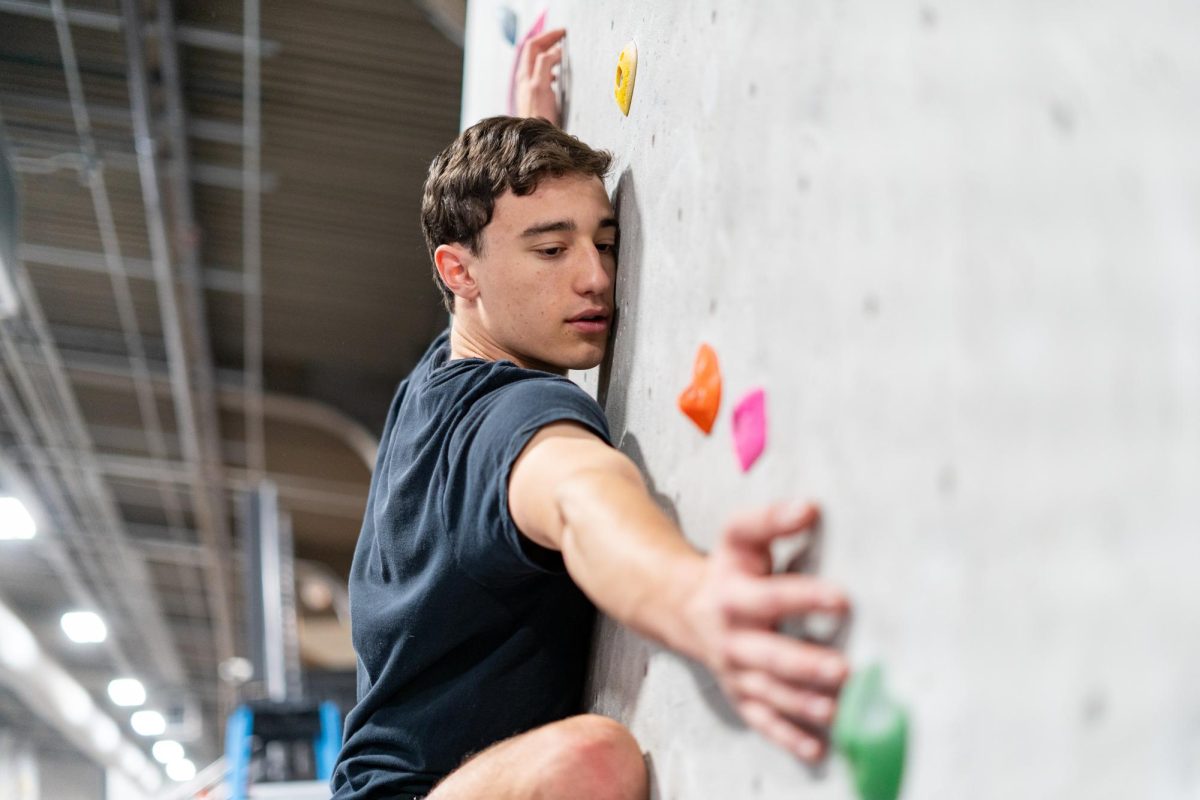Cuban art speaks about taboo topics
October 13, 2010
Alejandro de la Fuente wasn’t able to see the exhibition he curated, “Queloides: Race and Racism is Cuban Contemporary Art,” when it appeared in Havana earlier this year because he was banned from the country for using the word “racism” in the title. “Queloides: Race and Racism in Cuban Contemporary Art”
Curators: Alejandro de la Fuente and Elio Rodríguez Valdés
A collaboration of artists
The Mattress Factory
500 Sampsonia Way
(412) 231-3169
Alejandro de la Fuente wasn’t able to see the exhibition he curated, “Queloides: Race and Racism is Cuban Contemporary Art,” when it appeared in Havana earlier this year because he was banned from the country for using the word “racism” in the title.
“This is the first time in post-revolutionary Cuba the word ‘racism’ has appeared in the title of an exhibition,” Fuente explained. “I was banned from Cuba and from going to this exhibit because this is an uncomfortable issue in Cuba. It has been treated like a taboo. People have claimed there are no racial problems, so when you do an exhibit like this, you go against decades of official silence. That made some people unhappy. But they didn’t dare censor the exhibit, so it was shown.”
Fuente stayed informed through reports and was pleased that the exhibit in Havana was well attended despite a lack of press. News got out by word-of-mouth instead. For now, though, his ban remains in place.
Fortunately, Fuente will now have the opportunity to see the exhibit featuring the work of 12 Cuban artists. Currently in the Mattress Factory, it addresses the issues of racism and prejudice that the Cuban government denies exist.
Fuente, a University Center for International Studies research professor of history and Latin American Studies, and his co-curator, Cuban artist Elio Rodríguez Valdés, organized the exhibit together.
The title alone brings perspective to this exhibit, according to Fuente, who is a Cuban-American with family in both countries. “Queloides” are wound-induced scars. The title is meant to raise discussion of racial stereotypes within the Cuban culture, as well as the process of healing from traumatic racism and discrimination.
“Most people don’t know this word because it’s a medical term,” Fuente said. “It’s pathological scars created by wounds. In a sense the exhibit refers to social, cultural and personal scars racism creates.”
Fuente and his co-curator met in 2007, when Valdés was showing his own artwork at Frick Fine Arts. Fuente offered to help bring the already existing “Queloides” to America, enlisting the help of the Latin American Studies department at Pitt and contacting the Mattress Factory.
“Queloides” features multiple instillations from paintings to photographs to sculptures, as well as media-based artworks. Each artist brings a different perspective to the exhibit. For example, Valdés created one piece presenting a series of monstrous-looking beings.. Another piece portrays people as faceless and lacking in identity.
The Pittsburgh exhibit is larger than the exhibition which took place in Havana earlier this year.
“What brings the exhibit together is a common theme — the persistence of racism in Cuban society and by extension racism in the rest of the world,” Fuente said. “It invites people to think about racial stereotypes and prejudice.”
The racial problems in Cuba cannot be pinned down any more easily than a lot of racial problems in America, said Lindsay O’Leary, public relations and marketing manager at the Mattress Factory. The most noticeable sign of trouble is a lack of high-placed job positions for minorities in the tourism business. The difference, however, is that Americans talk about the problem. In Cuba, the government suppresses discussion of racism while claiming the existence of equality.
Since the 1990s, Cuban artists in particular have made it a goal to speak up, using their talent to deliver their messages.
“Art can evoke visceral reactions without words,” O’Leary said. “Even the image of the … samurai with the sword, that was chosen by the entire group of artists to represent themselves. It’s an image off of a sculpture from 1440. It’s the whole picture is worth 1,000 words saying, without using words.””
The Mattress Factory staff has also treated this exhibit differently due to its controversial nature.
“We treat the artists exactly the same as far as the process, but there is a big story here about a bigger issue,” O’Leary said. “In the little world of the Mattress Factory, nothing has changed. But the fact that the curator used ‘race’ [in the title] and it’s stopping him from going home, is pretty ridiculous.”
“Queloides” actually follows a previous exhibit at the Mattress Factory featuring Cuban artwork in 2004, O’Leary said.
“At that time none of the artists could come up because of U.S. and Cuban relations,” she said. “It was difficult because we had to do everything by phone and fax to get the exhibit set up.”
Fuente knew about this and proposed that “Queloides” come to the Mattress Factory next, since it fits within the Mattress Factory’s progressive and controversial themes.
This time, all of the Cuban artists have been allowed into the States.


